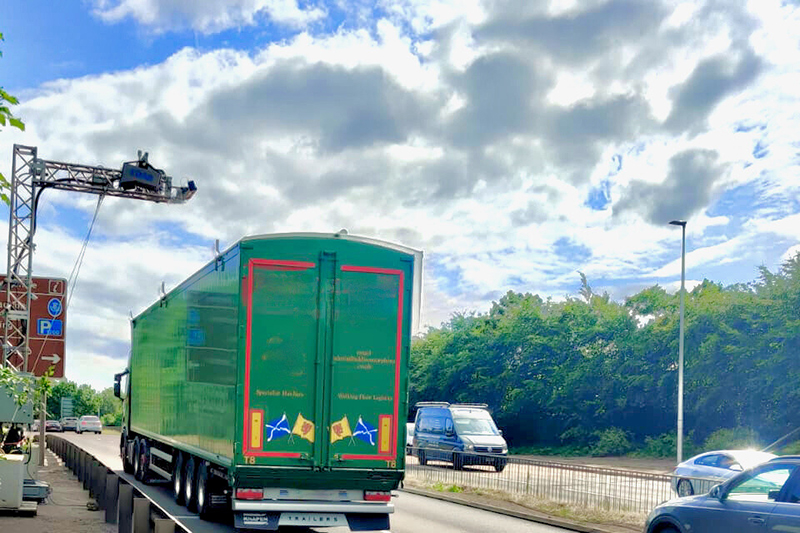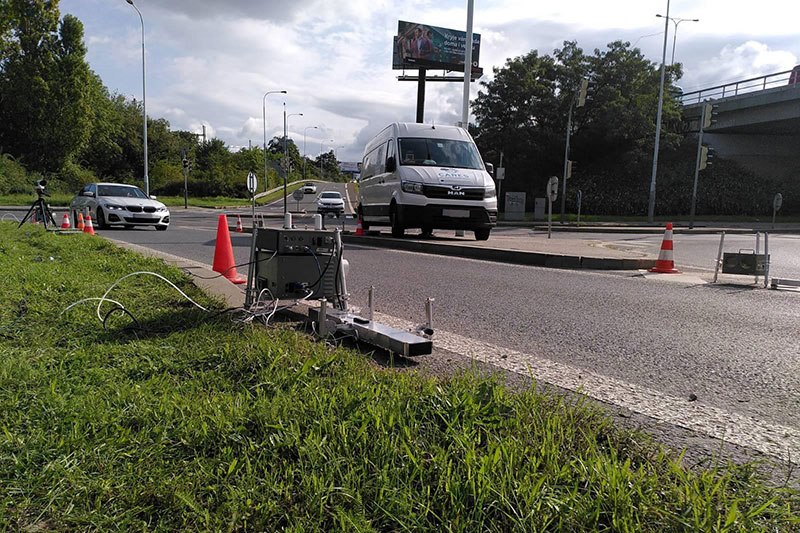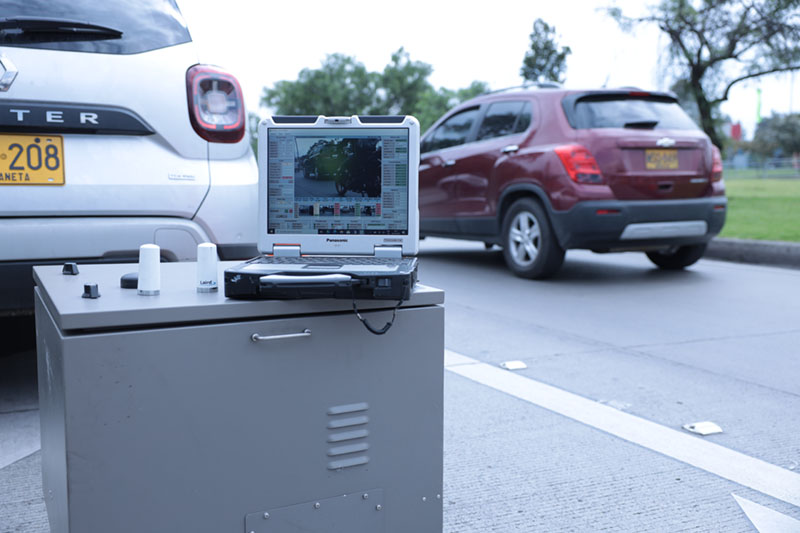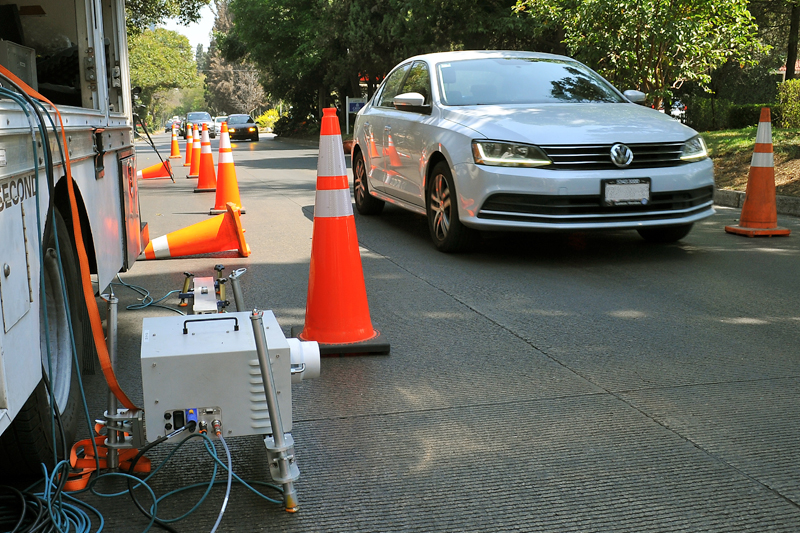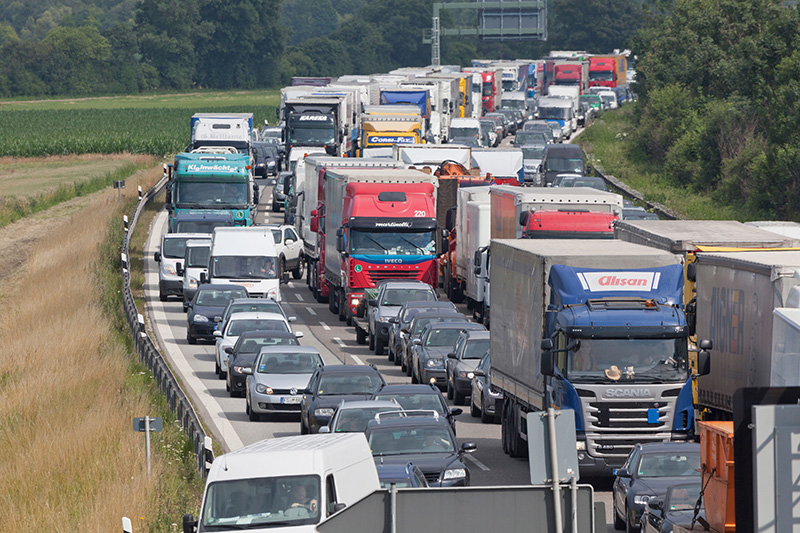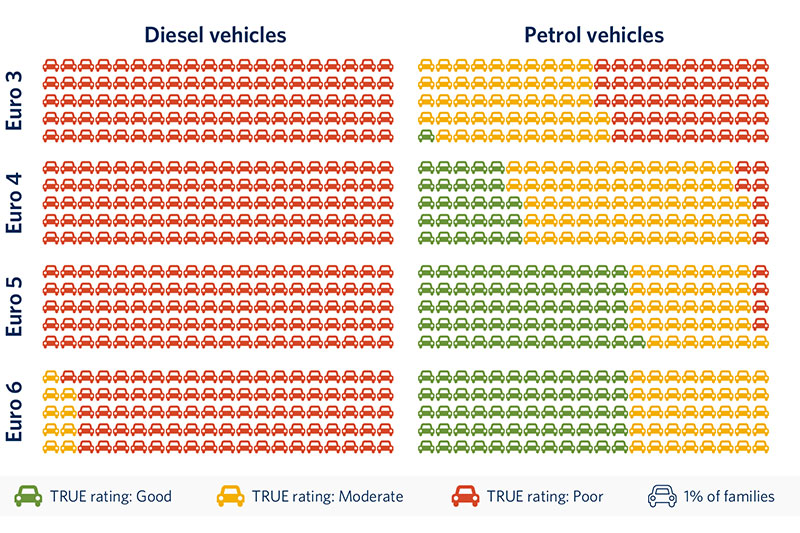New Report: Real-world emissions of US vehicles increase with age, says 60m dataset
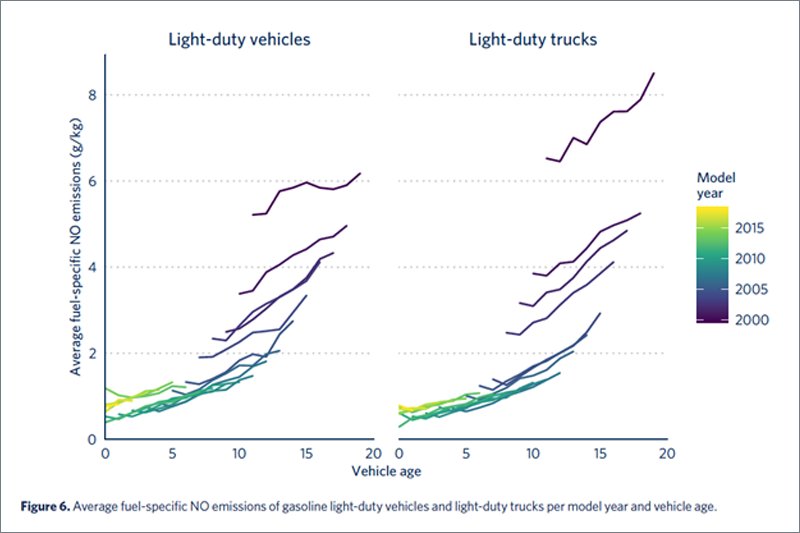
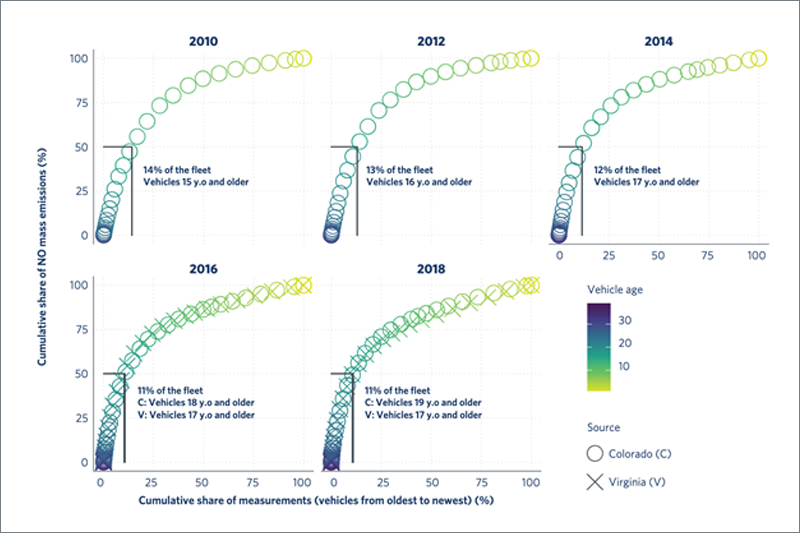
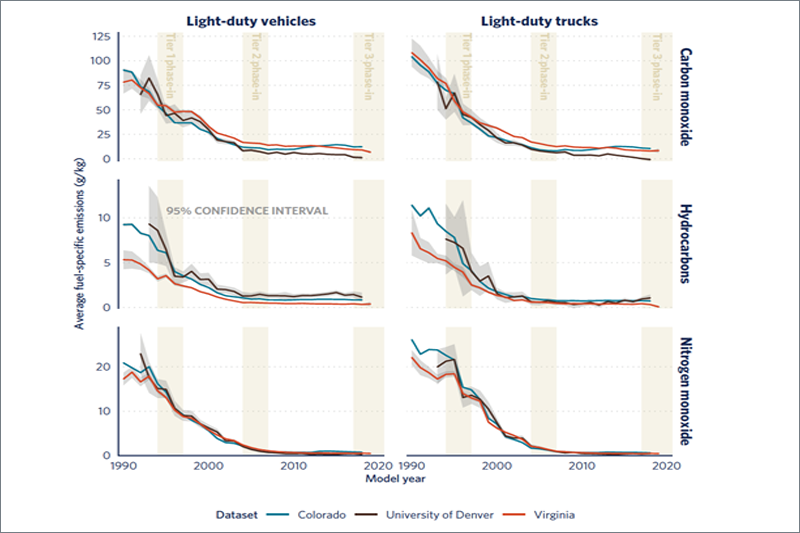
A new report analyzing 60 million vehicle exhaust samples obtained by remote-sensing equipment in the United States provides insights into lifetime pollutant emissions from the cars and trucks in the nation's vehicle fleet, says the International Council for Clean Transportation (ICCT) for the TRUE Initiative.
Remote-sensing vehicle emissions data, collected by the states of Colorado and Virginia and the University of Denver covers the period 2010 to 2018, including wide variations in geography and ambient driving conditions. The analysis undertaken by ICCT for TRUE aims to build understanding of long-term emission trends, emission changes as vehicles age, high-emitting vehicle groups, and individual vehicle emissions performances of U.S. cars and trucks.
Remote sensing is an important tool for monitoring the real-world emissions of cars and trucks because it captures emissions as they happen – on the road – and can gather many observations. Data from this form of testing can be used to evaluate the effectiveness of emission control policies and identify emission defects and defeat devices.
Key findings from the report include:
- The nitrogen monoxide (NO) emissions for all light-duty vehicle and truck model years increase with vehicle age as emissions control technologies deteriorate. In older model years, the deterioration rate can exceed 0.2 g NO/kg fuel per year. Across the ten-year ‘useful lifespan’ of United States Environmental Protection Agency (EPA) Tier 2 certified vehicles, this equates to median emissions increases of 200%, based on these deterioration rates. Emissions deterioration is less pronounced in modern vehicles.
- NO emissions deterioration rates are much higher than manufacturer projections to the U.S. EPA. For example, deterioration rates for car models from 2010 are 10 times higher than the average manufacturer-reported rate.
- Some, but not all, truck models saw sharp variations in NO emissions in various ambient conditions, including emissions doubling for some at relatively common ambient temperatures approaching 30F (-1.1C).
- The contribution of the oldest cars and vans to total NO mass emissions has increased over time. In 2010, vehicles 15 years old and older made up approximatively 14% of the fleet, and were responsible for 50% of total NO mass emissions. By 2018, just 11% of the fleet was responsible for the same proportion of total emissions.
However:
- Over the past three decades, fleet-average emissions for NO, carbon monoxide (CO), and hydrocarbons (HC) have shown a significant downward trend, showcasing the improvements that can be achieved by the implementation of more stringent emission standards.
These findings indicate that policies targeting high-emitting vehicles such as low-emission zones, can be effective ways for cities to reduce vehicle emissions and improve air quality, as has been demonstrated in many European cities. They also point to the usefulness of remote sensing in the evaluation of real-world emissions of the U.S. fleet.
Remote sensing campaigns continue to find that real-world emissions can be higher than emission standards. As new data become available, the TRUE U.S. database will be
expanded, allowing for continued assessment of real-world vehicle emissions to support further decision-making and policy development to address fleet emissions.
Rachel Muncrief, Deputy Director of The ICCT, commented: “This vast dataset, gathered together for the TRUE Initiative, is the largest of its kind in the world. Our analysis of the data has highlighted some of the challenges which arise as the vehicle systems designed to protect people from the worst emissions deteriorate over time.
“It also highlights the extraordinary value of reliable real-world emissions data as the basis of strong and effective policies for vehicle regulation and, ultimately, the protection of human health and the environment.”
To download the report and accompanying fact sheet please click here.
